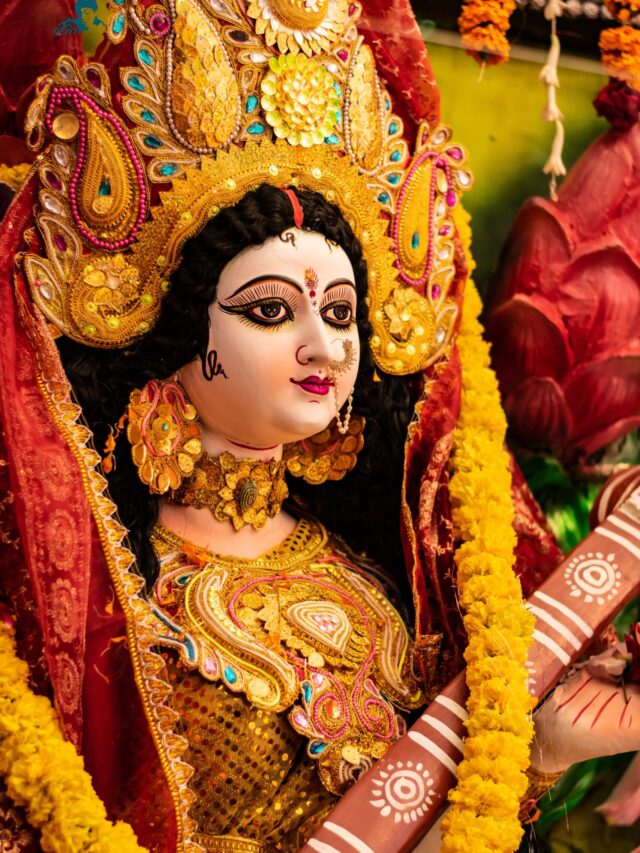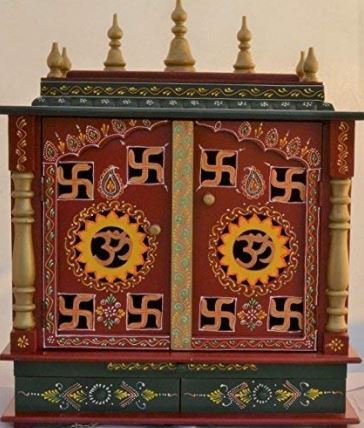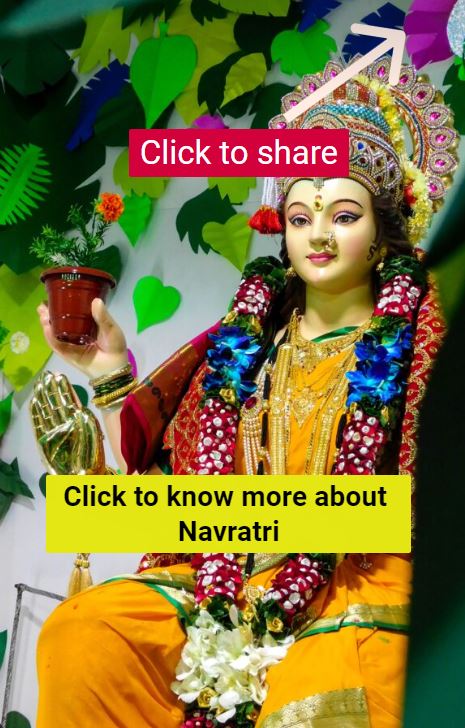What is the significance of Khetri during the Navratri festival?
Table of Contents

How many times Navratri happen in a year?
Navratris are the most strict and devout 9 days according to the Hindu calendar. Navratris happen two times in a year and the dates change as per the Hindu calendar.
In light of the Hindu calendar there are two kinds of Navratris; Chaitra and Sharad.
Sharad Navratris fall in the long stretch of September and now and again in October. While Chaitra Navratris fall in the long stretch of Spring or April. Those which fall in the Sharad month of Hindu schedule convey more importance.
Navratri Celebration by Devotees
Individuals celebrate navratris with full commitment and devotion. They follow devout exercises and eat unadulterated food just which is satvik. They really do no take onion or garlic in their food during nowadays.
The individuals who are the aficionados of the goddess Durga love her 9 forms of shakti during these days. They keep fasts for 9 days and break it on the last day of navratris by offering prasad of halwa, poori and chana or some other contribution of own desire according to the limit.
Also Read: How to please goddess durga during navratris?
Rituals of Navratri
There are numerous customs which one can notice in view of the capacities and confidence. One of the primary action that devotees continue in navratris is the position of khetri in their sanctuary.
Khetri is as a matter of fact “Jau (Barley Grain)” which is planted in an earthen pot. One can utilize dirt or soil to become the jau. Individuals place a khetri in navratris with a strict explanation. Peruse underneath to be familiar with that explanation.
Your temple at home should not be broken, click to check temples online
What is the meaning of “Khetri” earthen pot?
Khetri is an earthen holder or pot wherein sand is poured, or now and again soil is likewise utilized. This is trailed by planting jau or grain seeds into it. A practically no water is required day to day for 9 days so the seeds can be developed. On the off chance that you add more water than required the germination wouldn’t occur.
Depiction of Jau (Grain) is referenced in fanciful stories and is connected with the development of universe.
Significance of Khetri during Navratris
People who do observe navratris fast and durga saptashi paath, place khetri in their home. Navratris begin with Chaitra month of Hindhu calendar.
People observe fasts for nine days. But it is not mandatory for every one.
Those who cannot observe for 9 days, they need not to keep fasts for whole 9 days as they can do for 2 days only first-last or first-second.
Goddess Durga does not curse or punish anyone for not keeping fasts as she loves all her kids. She is happy with the devotion and faith of people.
Why only jau or barley is used in Khetri during Navratris?
It is believed that when the universe was formed, it was jau which was the first crop. This is why jau is also known as the “full crop”. This is why we offer to god the very first crop which is jau during hawans or pooja.
Can Khetri predict your future?क्या खेतड़ी आपका भविष्य बता सकता है?
Jau helps in predicting about future’s happening also many times. It is believed that if jau grows faster at home, there is more prosperity and happiness to be coming in the home. If the seeds do not germinate in 2-3 days, it is said that one has to struggle more and do hard work.
Also if it does not grow or the growth is very less, there is something unlucky or bad going to happen in the near future
Frequently Asked Questions
Q1: What should we do with Khetri after Navratri
Ans: On the last day of Navratri, Khetri is immersed in a flowing stream like a river or a pond. If there is no water reservoir near your house then you can keep Khetri under a Peepal tree in a temple.
Q2: Why are there barley in Navratri?
Ans: Barley is considered a form of Lord Brahma. Therefore barley is worshiped in Navratri along with Ghatasthapana. Barley is also installed in the Kalash. Barley is the first crop in Rabi season, so food should always be respected.17
Q3: On which side should the Kalash be placed during Navratri?
Ans: Make sure that the Kalash is placed in the North-East direction of the temple and should be installed on the first day of Navratri before setting up Mata ki Chowki.
Q4: What to do with coconut after Navratri Puja?
And: After worship, keep that coconut in the vault. At night, take out this coconut and offer it to a Ganesh temple. Also, pray to Lord Ganesha to remove poverty. Do this for at least five Fridays.
In many places it is cut and distributed as a prasad during the day of worship on the eighth or ninth day of the Navratris.
Q5: What happens if you tie a coconut in a black cloth?
Ans: For Kaal Sarp or Shani Dosh: There is a problem caused by Saturn, Rahu or Ketu, there is some upper obstacle, the work is getting worse, some unknown fear is making you afraid or it seems that someone has done something on your family. So, to remedy this, on Tuesday, take a watery coconut and wrap it in a black cloth.
Q6: Khetri not growing what to do?
Ans: As mentioned above in the article very little water should be used in sowing jau/Barley in khetri. There are some reasons behind it not growing like you have used lots of water, or you have used lots of seeds which do not germinate well due to crowding. Another belief is that if there is any misfortune or some illness is there in the house, the khetri does not grow as it is a symbol of prosperity.




